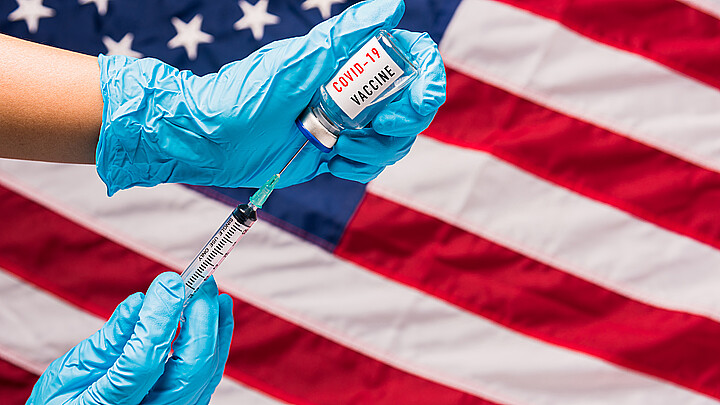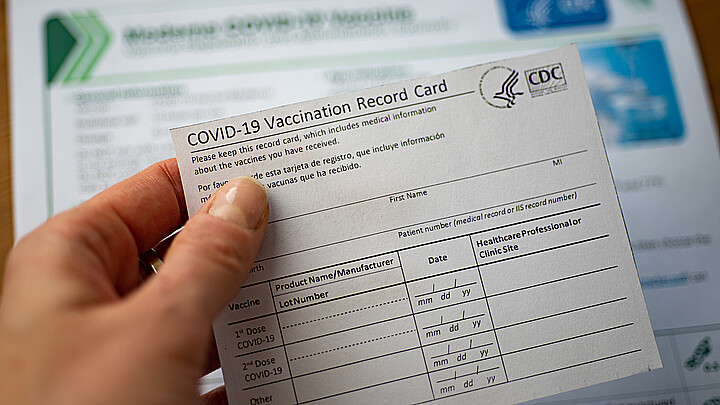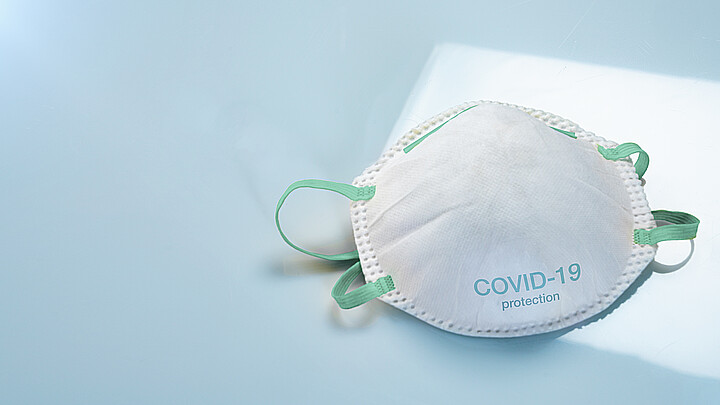Coronavirus
CDC used phone location data to watch churches, schools during COVID-19 lockdowns
The Centers for Disease Control and Prevention purchased access to location data from tens of millions of phones to analyze curfews and other lockdown policies, according to documents obtained by Motherboard via a Freedom of Information Act
May 4, 2022 8:55am
Updated: May 4, 2022 12:52pm
The Centers for Disease Control and Prevention purchased access to location data from tens of millions of phones to analyze curfews and other lockdown policies, according to documents obtained by Motherboard via a Freedom of Information Act.
The CDC paid $420,000 to location data firm SafeGraph for one year of access to three data sets, including one called “Neighborhood Patterns Data” that includes information like home dwelling time that is broken down by state and census block.
Data companies like SafeGraph usually ask or pay app developers to include location data gathering code in their apps, which it takes and resells raw or packages into products.
The documents say the data acquired is “derived from at least 20 million active cellphone users per day across the United States." SafeGraph has previously shared datasets containing 18 million U.S. cell phones, according to Motherboard.
The SafeGraph data sets were “aggregated,” meaning identities had been stripped out to study broad trends, but researchers and privacy advocates have demonstrated how simple it is to de-anonymize individual data points and track specific people.
The documents include a list of 21 “potential CDC use cases for the data,” which includes studying the relationship between mobility and COVID-19 cases around K-12 schoos, public transportation and mass gatherings like concerts and places of worship.
Other cases include analysis of restaurant closures compared to test and death rates, studying spread related to popular spring break destinations and prediction of COVID-19 hot spots. The Navajo Nation specifically mentioned as a study subject.
The materials ask that the purchase of data be expedited, citing the pandemic.
However, some cases listed are not related to COVID-19 or the pandemic, like using the location data to study the health benefits of outdoor exercise. One expert told Motherboard the CDC seems to have “purposefully created an open-ended list of use cases.”
“CDC has interest in continued access to this mobility data as the country opens back up. This data is used by several teams/groups in the response and have been resulting in deeper insights into the pandemic as it pertains to human behavior,” one section reads.
Both the CDC and SafeGraph have touched on their relationship, but not in detail.
Privacy concerns aside, cell phone location data was widely considered useful tools to study the pandemic. Media organizations like The New York Times purchased data for stories.
SafeGraph was banned from the Google Play Store in August after it was revealed that its investors include a former head of Saudi intelligence. It is unclear if or how it obtains data currently.










